Introduction
Situated in the Garhwal Himalayas, Tungnath Trek is a breathtaking trek that takes one to the world’s highest Shiva temple. Situated at 3,680 meters (12,073 feet), Tungnath is a part of the Panch Kedar pilgrimage circuit and has a unique blend of spirituality and adventure. Tungnath Trek is famous for its majestic landscapes, rich history, and the spiritual energy of the Tungnath temple.
In this detailed guide, we will discuss all you should know about the Tungnath Trek height, distance, best time to visit, itinerary, travel routes from prominent cities, and FAQs.
Tungnath – The Land of Mythology and Spiritual Significance
Tungnath, or “Lord of the Peaks”, is a site of immense religious significance. In Hindu mythology, the Pandavas prayed for forgiveness from Lord Shiva following the Kurukshetra war. Shiva, in the guise of a bull, reappeared in various regions of the Himalayas, where the Panch Kedar temples were subsequently constructed. The Tungnath temple, dating back more than 1,000 years, is said to be the site where Shiva’s arms appeared.
This temple dates back to ancient times and has been constructed in the Nagara style of architecture with intricate carvings of gods on its walls. Pilgrims and trekkers alike throng to Tungnath for its religious importance as well as for the spellbinding Himalayan scenery.

Tungnath Trek Details
Tungnath Trek Height and Distance
- Altitude: 3,680 meters (12,073 feet)
- Trek Distance from Chopta: 3.5 km
- Trek Distance from Tungnath to Chandrashila Peak: 1.5 km (Optional but well worth considering)
Tungnath Trek Duration and Difficulty
Trek Duration: 2-3 hours (one way) from Chopta to Tungnath
Difficulty Level: Easy to moderate
Trail Condition: Paved but steep in some sections
Who Can Do It? Beginners, families, and experienced trekkers
The Tungnath Trek is not very long but demands stamina and endurance because of the steep ascent. The well-defined stone path makes it feasible for beginners. Yet, altitude gain can be demanding, and acclimatization is thus advised.
Best Time to Visit Tungnath Trek
- Summer (April – June) ✅
- Optimal time for trekking with clear skies and good weather.
- Rhododendron trees are in bloom, providing colorful hues to the trek.
- Monsoon (July – August) ❌
- Avoid it due to heavy rain, landslides, and slippery paths.
- Autumn (September – November) ✅
- Best time for cool weather and crystal-clear Himalayan views.
- Fewer tourists, so it’s a serene trekking experience.
- Winter (December – March)❄️
- Snowy trails make it a paradise for adventure enthusiasts.
- Tungnath temple is closed, but the Chandrashila trek is open.
How to Reach Tungnath Trek from Major Cities
Nearest Airport & Railway Station
- Nearest Airport: Jolly Grant Airport, Dehradun (220 km from Chopta)
- Nearest Railway Station: Haridwar (226 km from Chopta)
- Road Routes to Chopta (Base Point)
- From Delhi (450 km)
- Route: Delhi → Haridwar → Rishikesh → Rudraprayag → Chopta
- Travel Options: Train/bus to Haridwar, then taxi to Chopta.
- From Bhubaneswar, Jaipur, Goa, Indore, Ahmedabad, Chennai, Kolkata, Pune, and Mumbai
- Fly to Delhi or Dehradun.
- By train or by road, continue to Haridwar and subsequently to Chopta.
Tungnath Trek Schedule
- Day 1: Arrival in Chopta
- Drive from Haridwar or Dehradun to Chopta.
- Rest in guesthouses or camps surrounded by beautiful meadows.
- Get acclimatized to the altitude and also enjoy nature around.
- Day 2: Chopta to Tungnath to Chandrashila Trek
- Begin early morning for the 3.5 km trek to Tungnath.
- Visit the temple and soak in the spiritual atmosphere.
- Optional: Trek 1.5 km further to Chandrashila Peak (4,000 m) for 360-degree Himalayan views.
- Return to Chopta by evening and relax.
- Day 3: Departure from Chopta
- Return to your city via Haridwar/Dehradun.
Things to Know
1. Acclimatization is Important
The high altitude can lead to breathlessness and dizziness. Spend a night at Chopta before embarking on the trek.
2. Weather Conditions May Change Quickly
Bring rain gear during monsoon and warm clothing during winter.
3. Mobile Network is Limited
Patchy network coverage. BSNL and Jio function well.
4. No ATMs or Petrol Pumps in Chopta
Take cash from ATMs in Rudraprayag or Ukhimath before reaching Chopta.
5. Respect the Environment
Don’t litter, bring biodegradable waste, and adopt eco-friendly trekking practices.
Start Early for the Best Experience
Early morning hikes offer improved weather, unobstructed views, and lesser crowding.
What to Bring for Tungnath Trek?
Must-Haves:
✔ Warm apparel (jackets, gloves, thermal clothing)
✔ Trekking shoes with good grip
✔ Sunglasses, sunscreen, and hat
✔ Water bottles and energy bars
✔ Treking stick for assistance
✔ First aid kit and medication as per prescription
✔ Camera to click amazing Tungnath Trek images
Conclusion
The Tungnath Trek is a once-in-a-lifetime experience that fuses spirituality, adventure, and stunning Himalayan scenery. Whether you are a devotee, nature enthusiast, or adventure enthusiast, this trek has something for all.
If you are looking for an easy-to-moderate trek with divine energy and panoramic scenery, Tungnath is your ideal destination. So pack your bags and join this soul-stirring Himalayan adventure!
Photos credit: Ankit Mishra, Ashwini Chaudhary
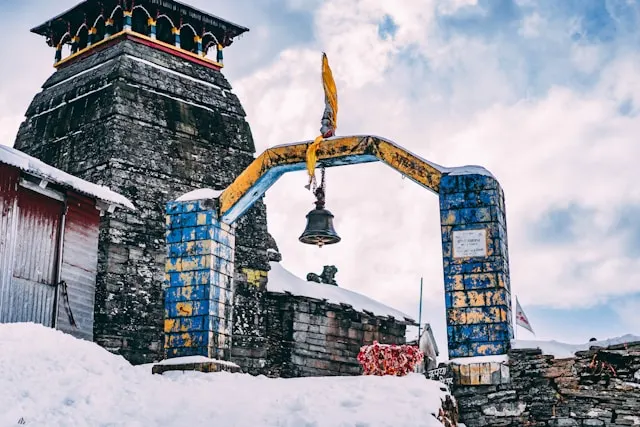
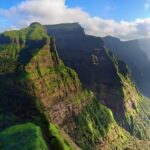

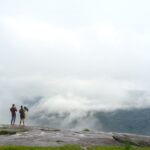

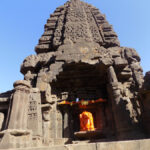

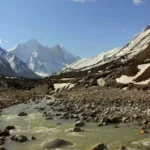
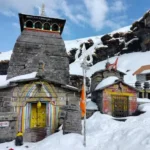
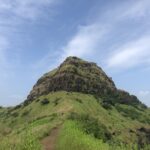


some truly fantastic info , Gladiolus I noticed this.